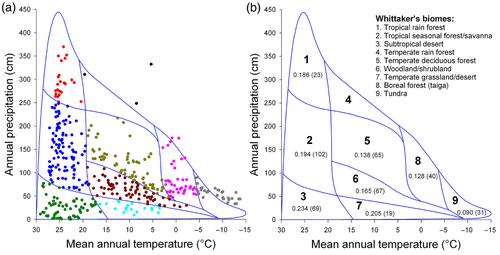Our official English website, www.x-mol.net, welcomes your
feedback! (Note: you will need to create a separate account there.)
Spatial and climatic drivers of β-diversity in assemblages of angiosperm genera across the world
Journal of Ecology ( IF 5.3 ) Pub Date : 2024-10-30 , DOI: 10.1111/1365-2745.14428 Hong Qian, Shenhua Qian, Michael Kessler
中文翻译:

世界各地被子植物属组合中β多样性的空间和气候驱动因素
更新日期:2024-10-30
Journal of Ecology ( IF 5.3 ) Pub Date : 2024-10-30 , DOI: 10.1111/1365-2745.14428 Hong Qian, Shenhua Qian, Michael Kessler

|
CONFLICT OF INTEREST STATEMENT
The authors declare no competing interests.
中文翻译:

世界各地被子植物属组合中β多样性的空间和气候驱动因素
利益冲突声明
作者声明没有利益冲突。






























 京公网安备 11010802027423号
京公网安备 11010802027423号